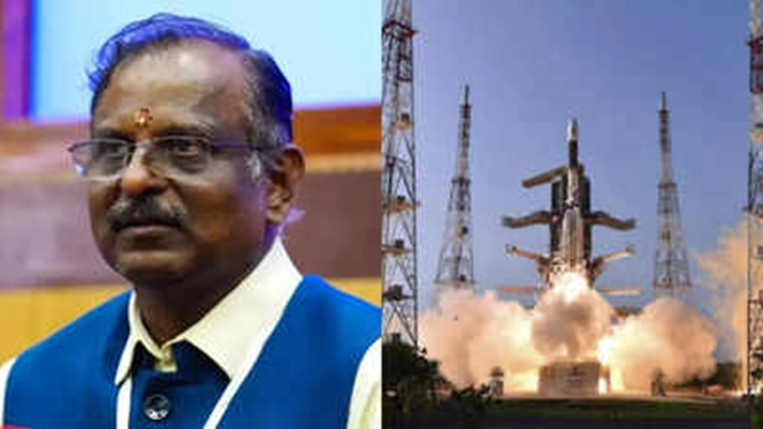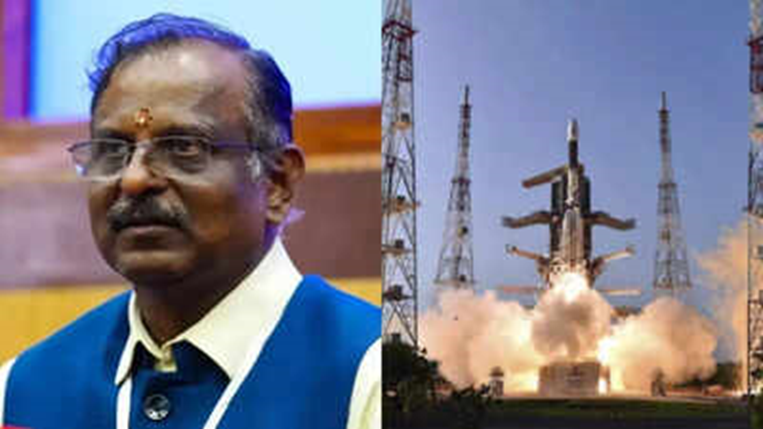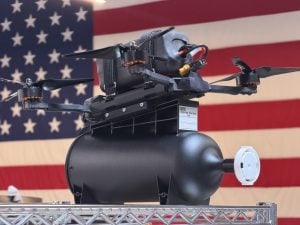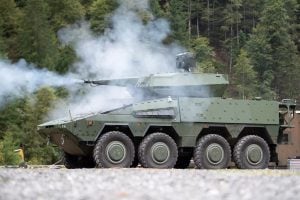The ISRO has officially declared 2025 as the “Gaganyaan Year,” marking a pivotal phase in India’s ambitious human spaceflight program.
ISRO Declares 2025 As Gaganyaan Year
The ISRO has officially declared 2025 as the “Gaganyaan Year,” marking a pivotal phase in India’s ambitious human spaceflight program. The Gaganyaan Programme, approved in December 2018, is designed to send Indian astronauts to Low Earth Orbit and to develop the essential technologies for sustained human space exploration by India.
As of May 2025, ISRO chief V Narayanan announced that over 7,200 tests have been successfully completed, with approximately 3,000 tests still pending. The organisation is working around the clock to ensure all critical systems and subsystems meet the stringent requirements for human spaceflight. A significant milestone highlighted by the ISRO chief is the successful completion of the SpaDeX mission, a cost-effective technology demonstrator that used two small spacecraft launched by PSLV to showcase in-space docking capabilities.
2025 is set to be a year of intense activity for ISRO, with multiple important missions planned. These include the launch of a NASA-ISRO synthetic aperture radar satellite using an Indian launch vehicle, as well as commercial and communication satellite missions. The ISRO chief said that by December 2025, the first uncrewed mission to be called as “Vyommitra“, followed by two uncrewed missions, will be launched by ISRO. In contrast, the organisation targets the first human space flight by the first quarter of 2027.
Gaganyaan
Gaganyaan is a mission by the Indian Space Research Organisation (ISRO).
Under the Gaganyaan schedule:
Three flights will be sent into orbit.
There will be two unmanned flights and one human spaceflight.
The Gaganyaan system module, called the Orbital Module will have three Indian astronauts, including a woman.
It will circle Earth at a low-earth-orbit at an altitude of 300-400 km from earth for 5-7 days.
Payloads
Crew module – spacecraft carrying human beings.
Service module – powered by two liquid propellant engines.
It will be equipped with emergency escape and emergency mission abort.




















